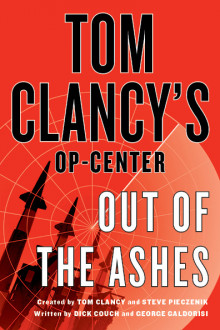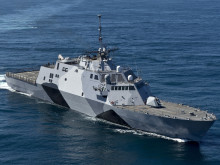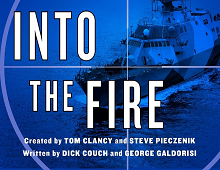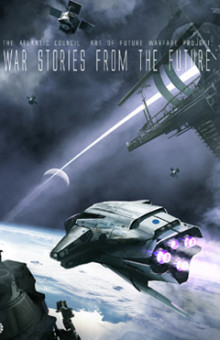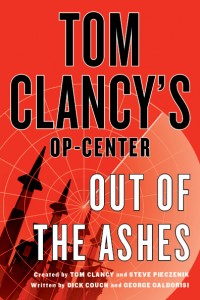Bringing Characters to Life!

I’ve recently led seminars at a number of writing conferences and writing classes including: “Get Published Now!” at Coronado, CA, Adult Education Class; the San Diego State University Writer’s Conference and the Coronado Writer’s Workshop. At those events, “best practices” was a constant theme and Silas House was an author mentioned frequently as one all of us want to emulate.
Most everyone at least considers writing at some point in their lives. For those of us not as gifted as the Hemingway’s, Fitzgerald’s and Faulkner’s of this world, sometimes some writing techniques can come in handy. Here is a suggestion from Silas House, author of five novels as well as plays and works of nonfiction:
To Kill a Mockingbird would certainly have had little effect without the presence of memorable folks like Scout, Jem, Dill, Atticus and Calpurnia. The Outsiders wouldn’t have meant much to me without Ponyboy, Johnny, Cherry Valance and all the others. The Color Purple only took up housekeeping in my heart because of characters like Celie, Shug and Sofia.
Characters are what make us love fiction, what make the stories stick with us and speak to us. Yes, plot and sense of place and action and the language are hugely important. But a novel would be a boring affair indeed without those who populate it.
The point is that I didn’t come to care about Scout or Ponyboy or Celie because of how they looked. I cared about them because I knew what was going on in their minds and hearts. Readers are better informed if we give them what is in a character’s brain, not what is on her body.
Read more about writing techniques in Silas House’s article in the New York Times, here:
http://opinionator.blogs.nytimes.com/2013/07/13/tell-their-secrets/?_php=true&_type=blogs&_r=1

